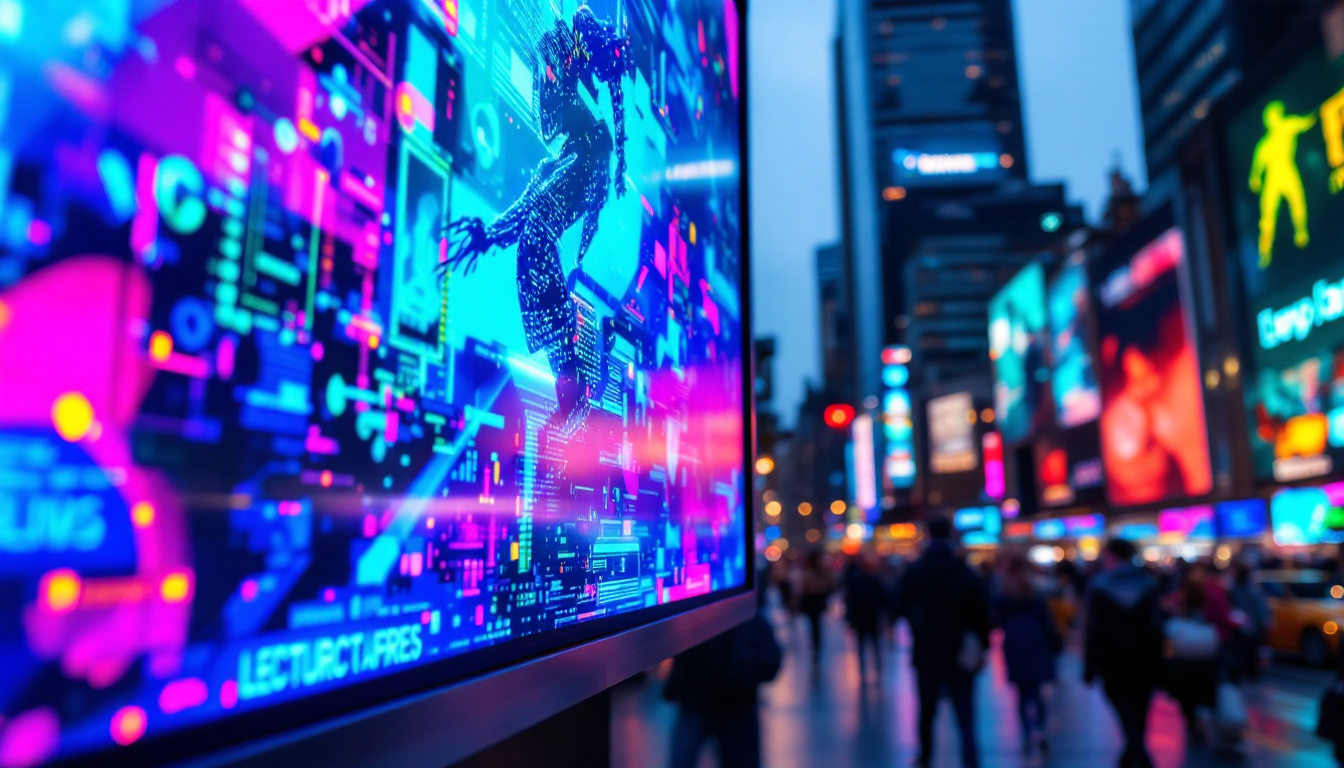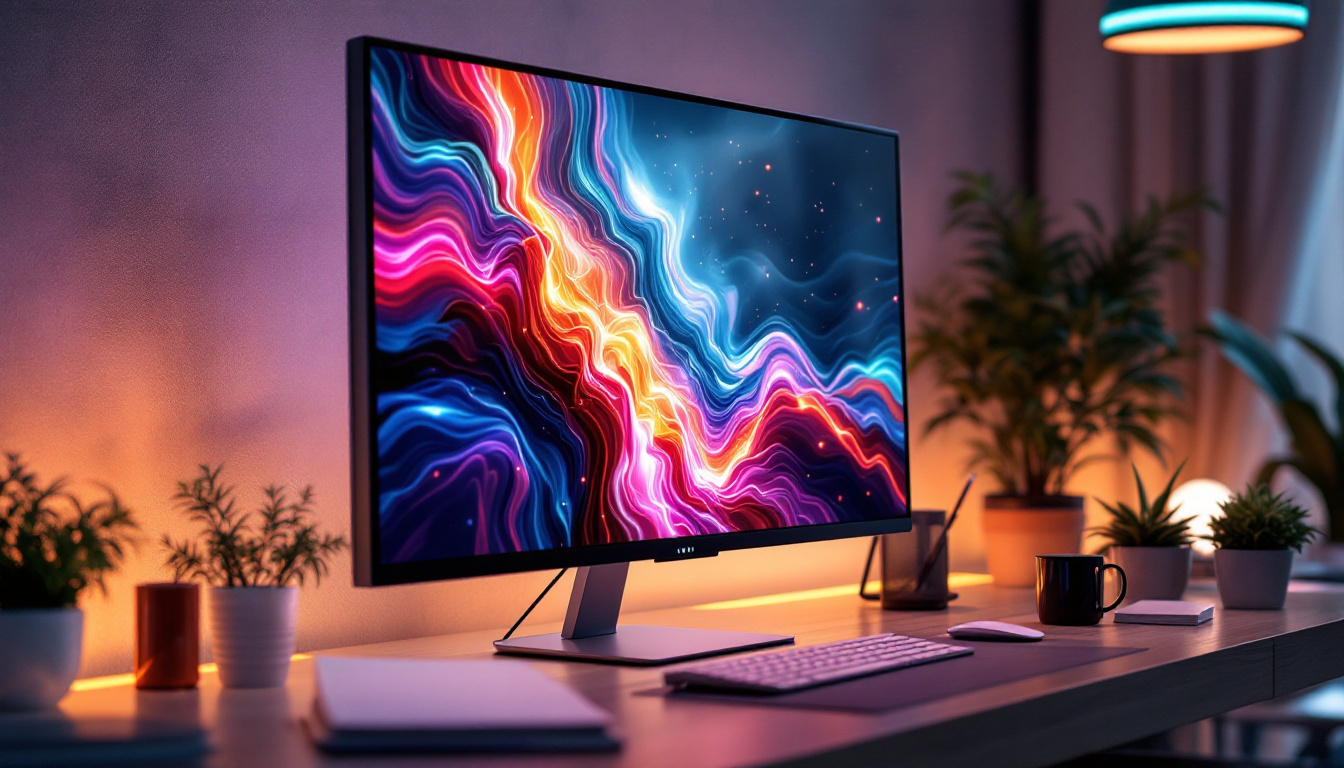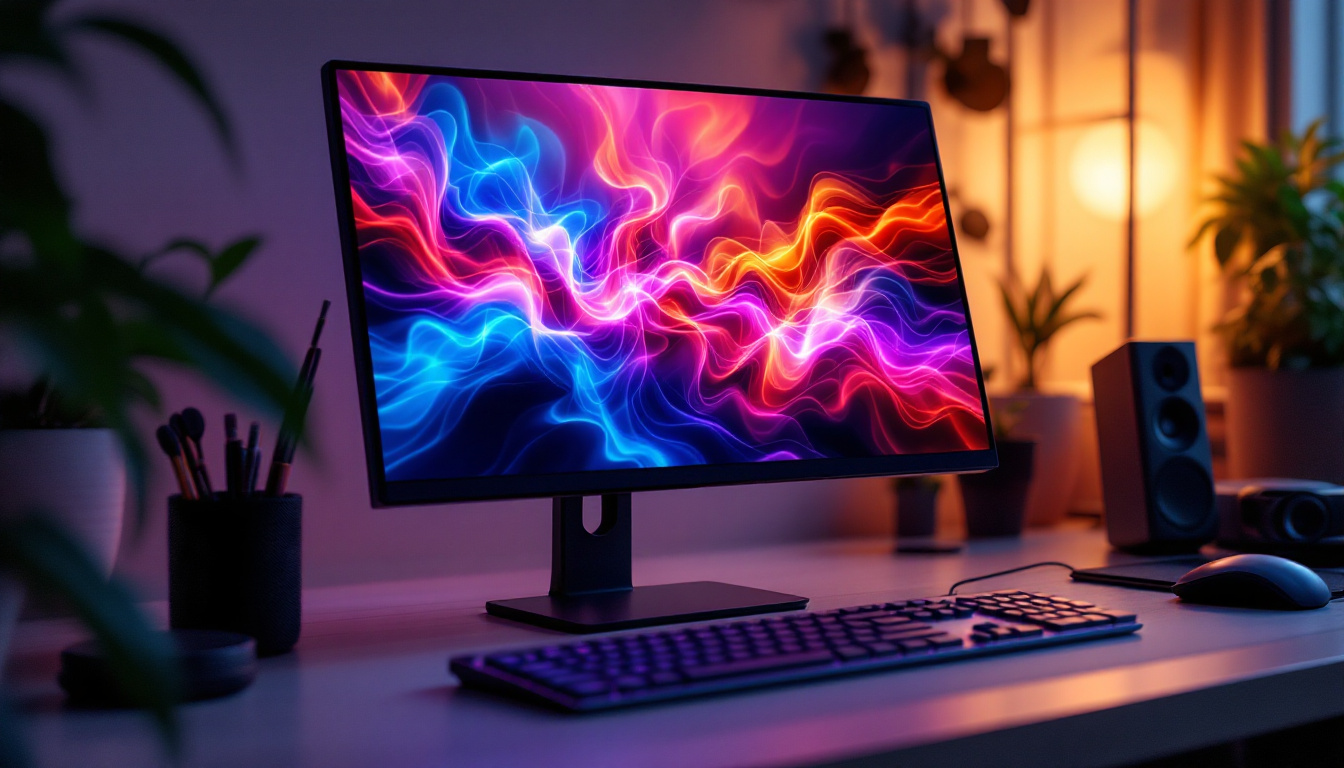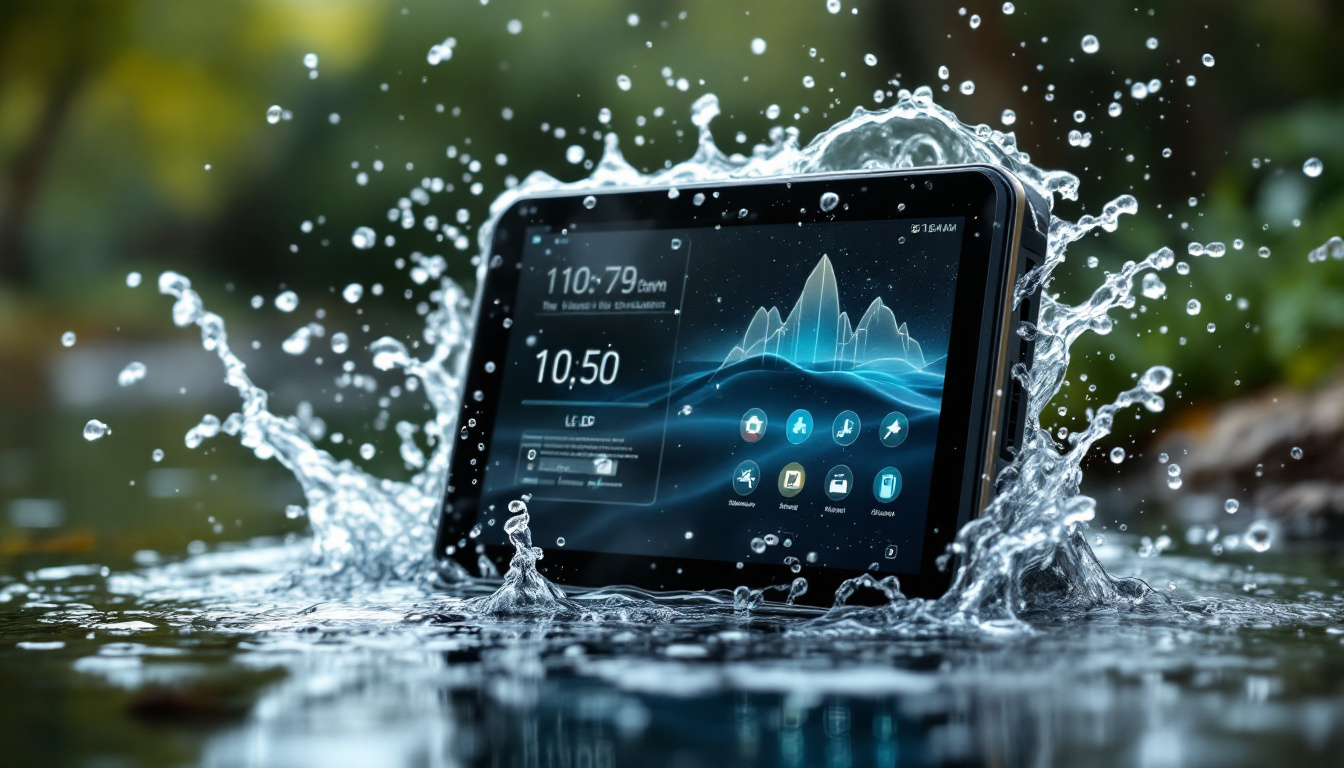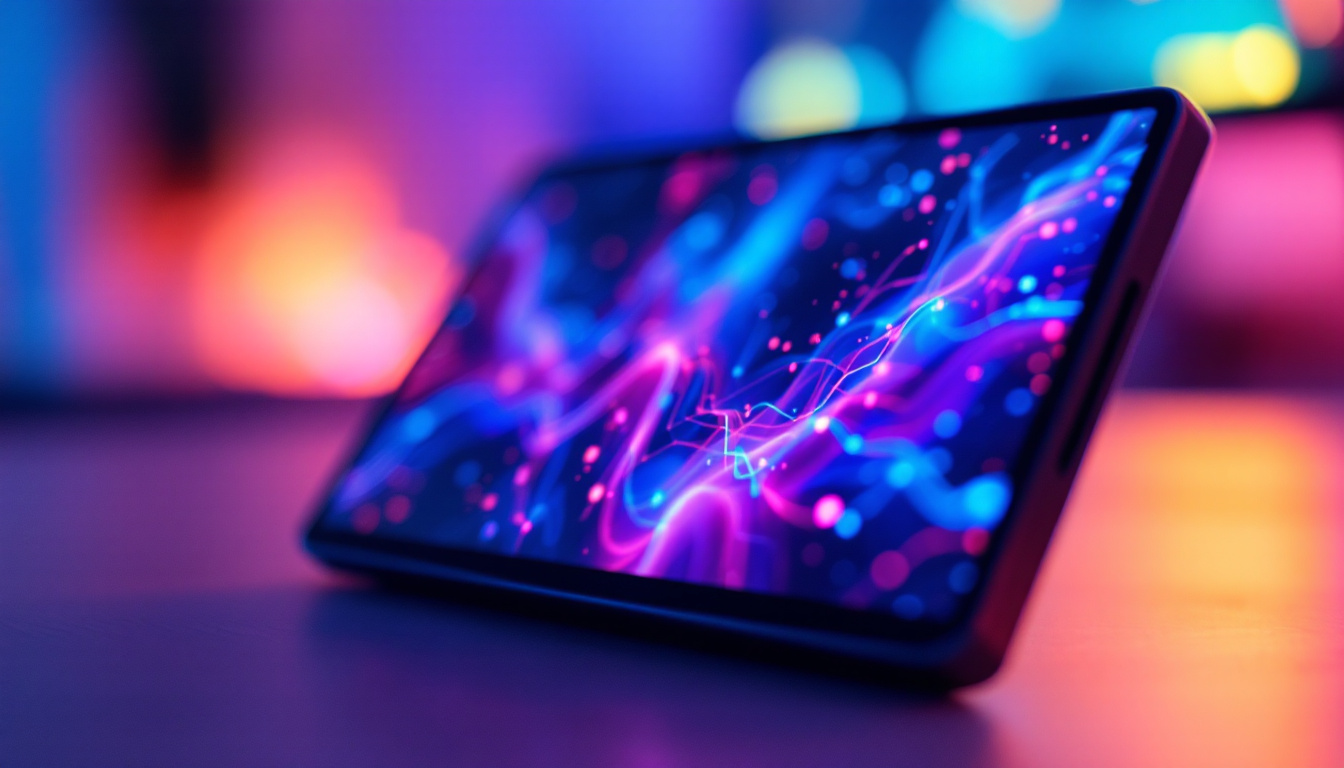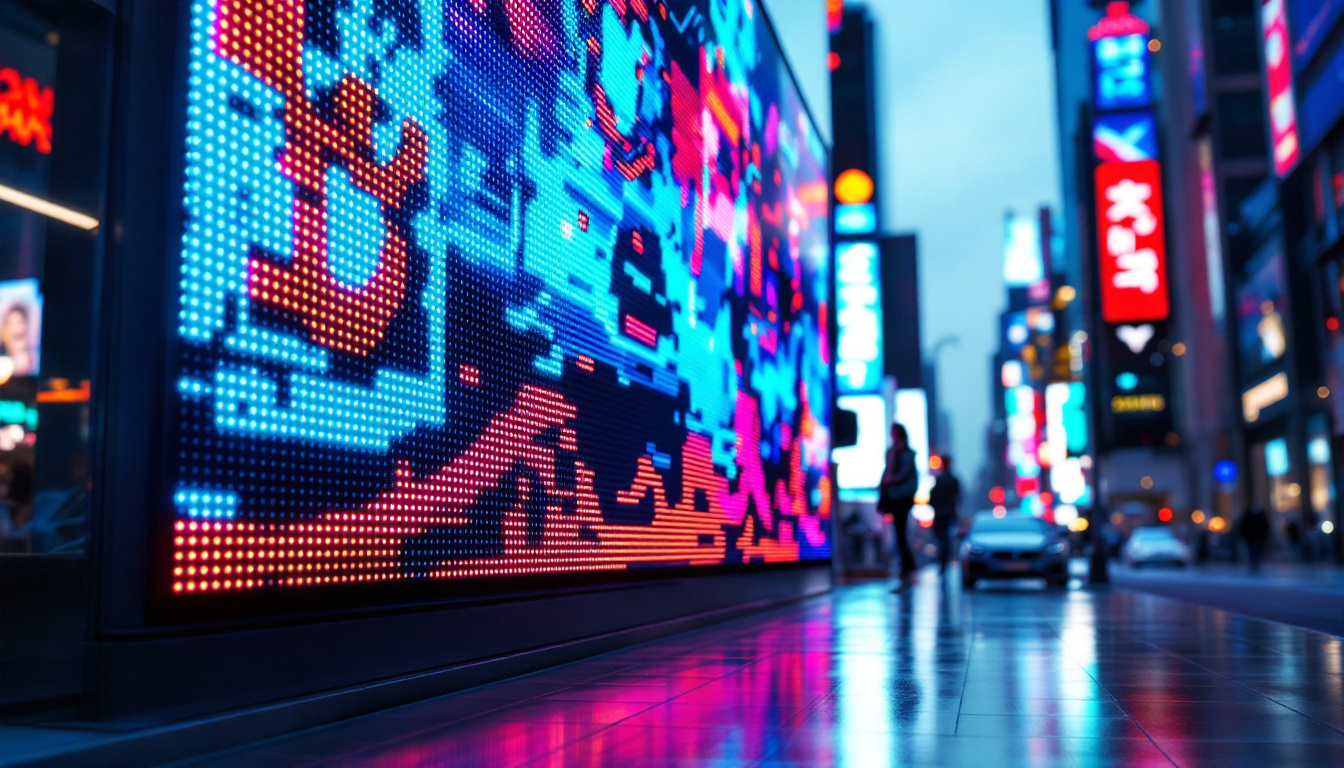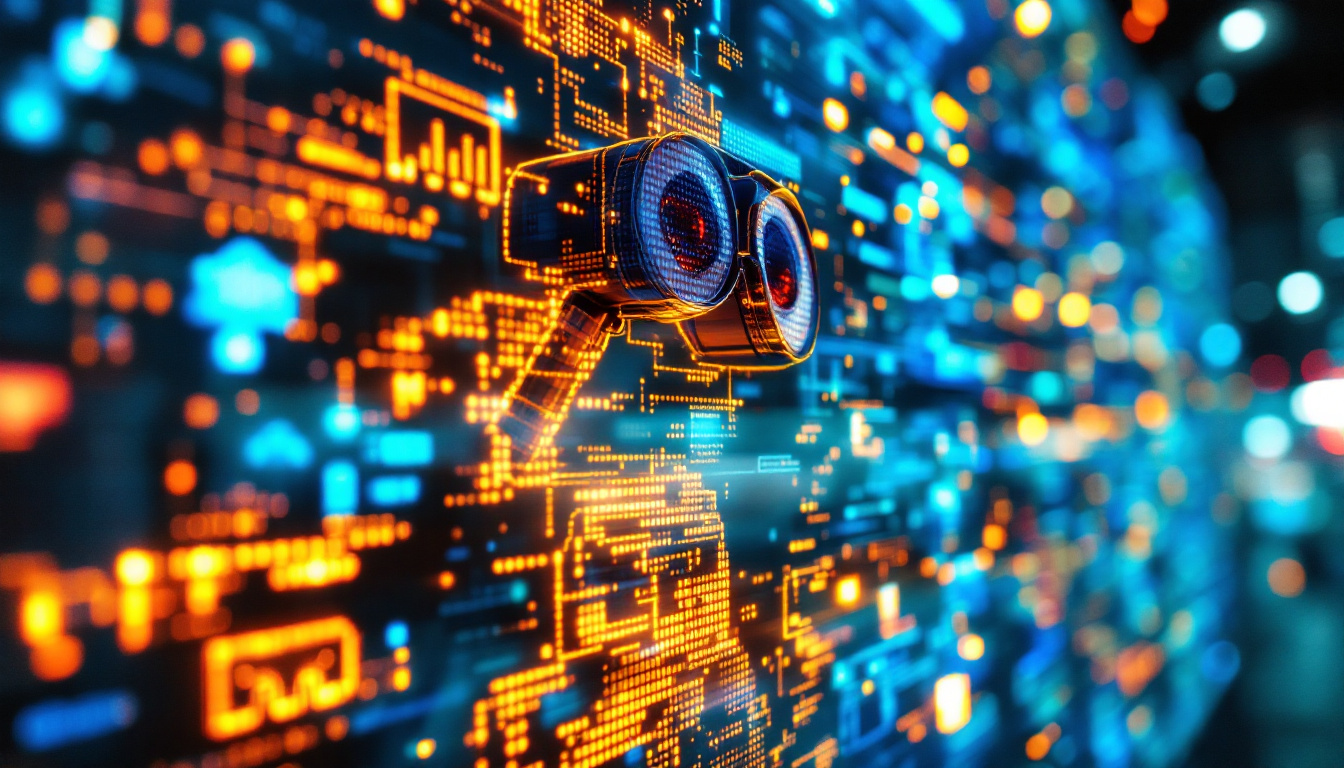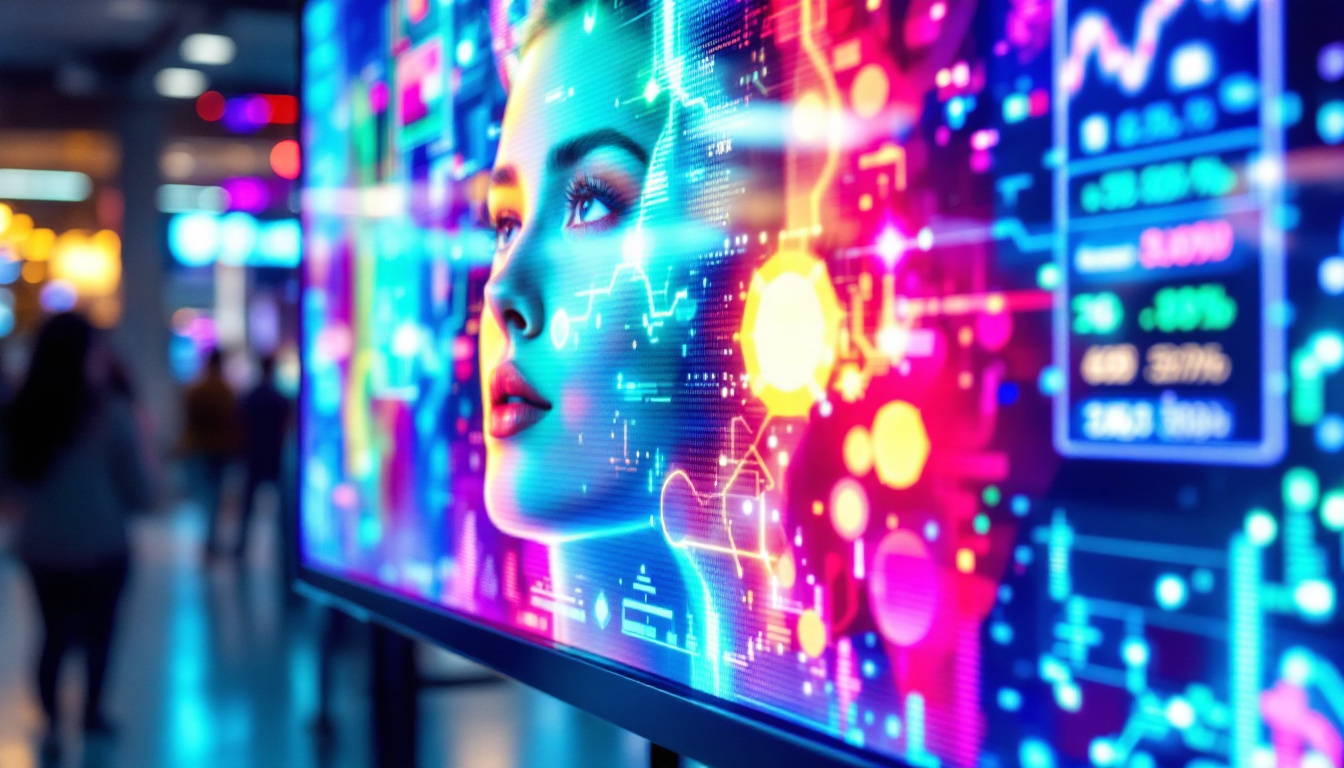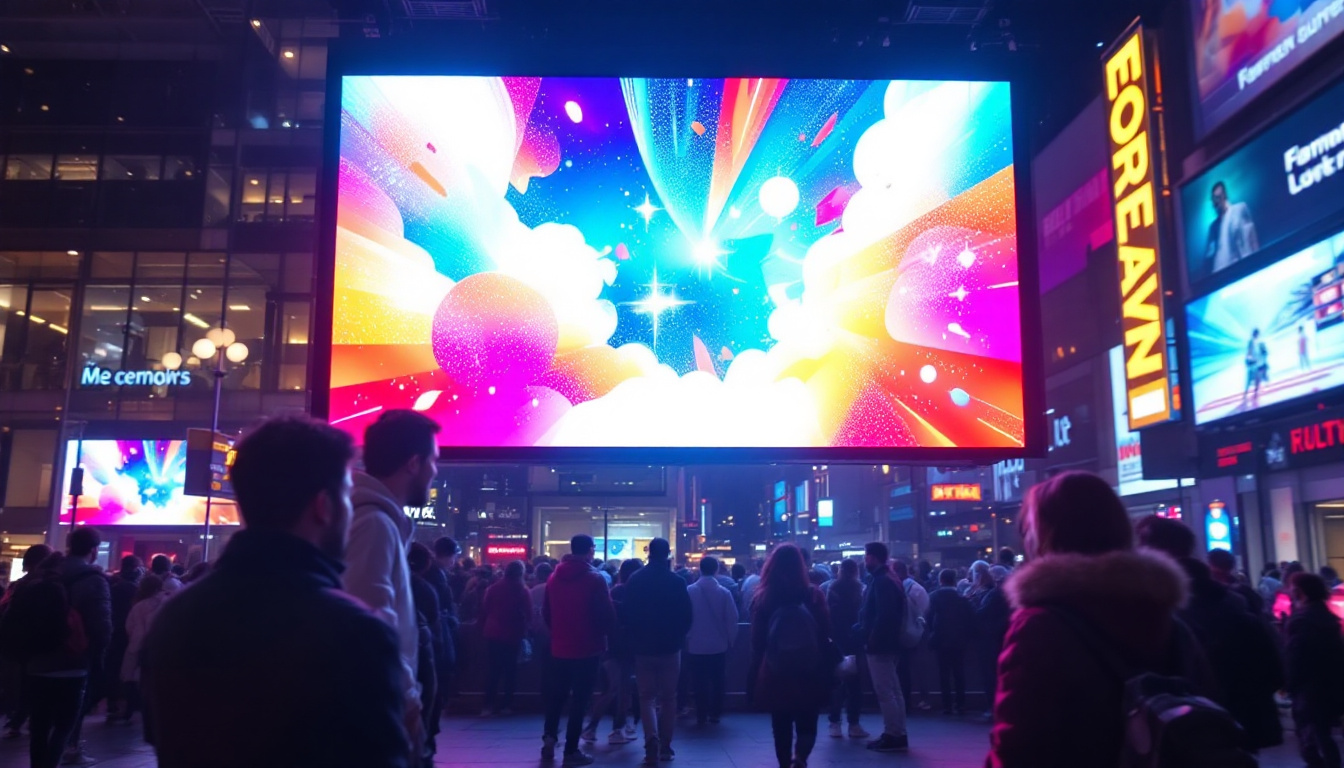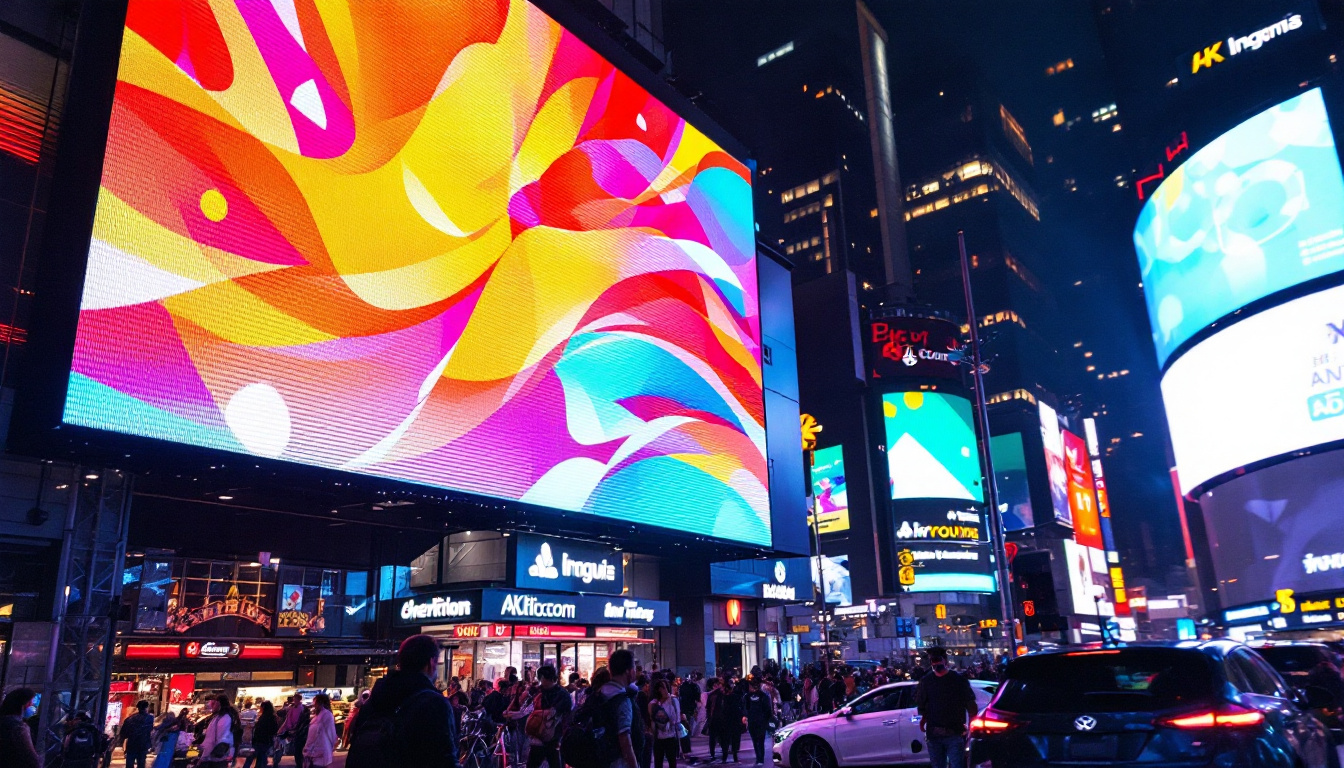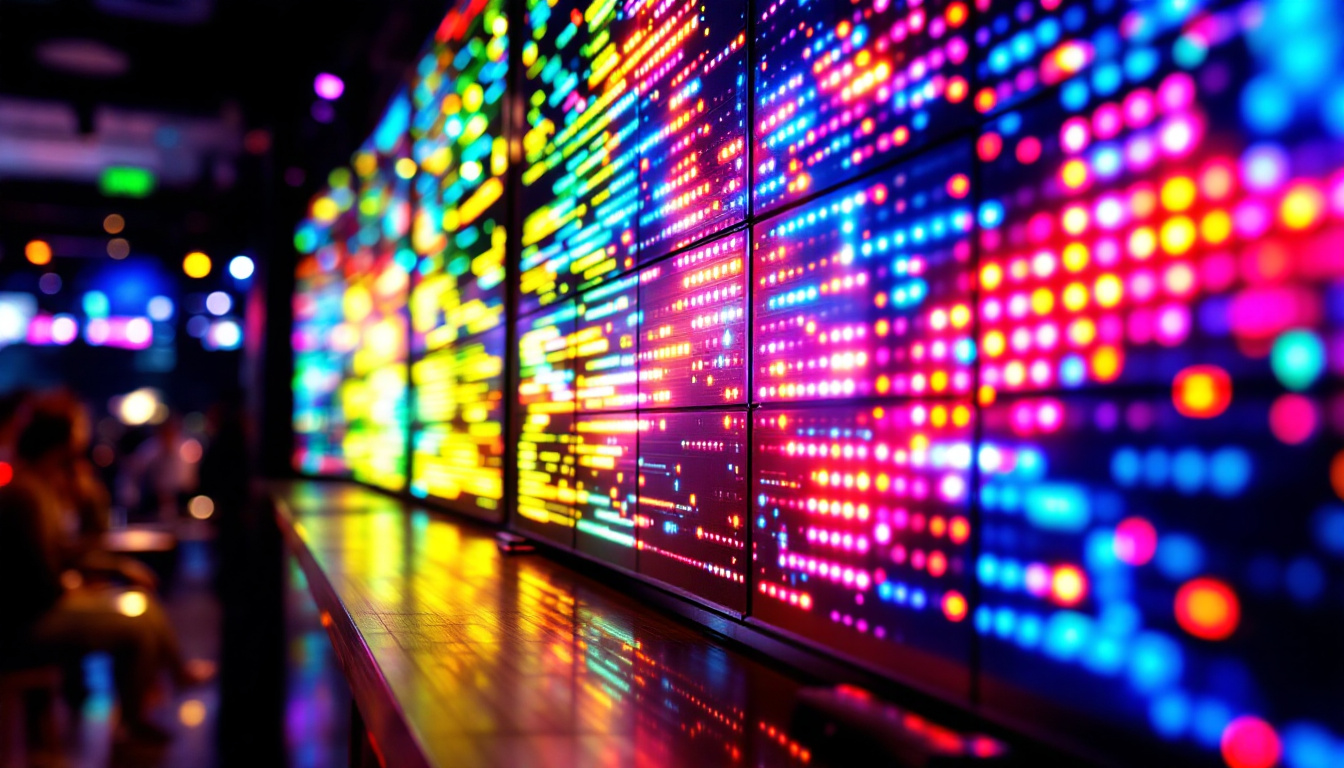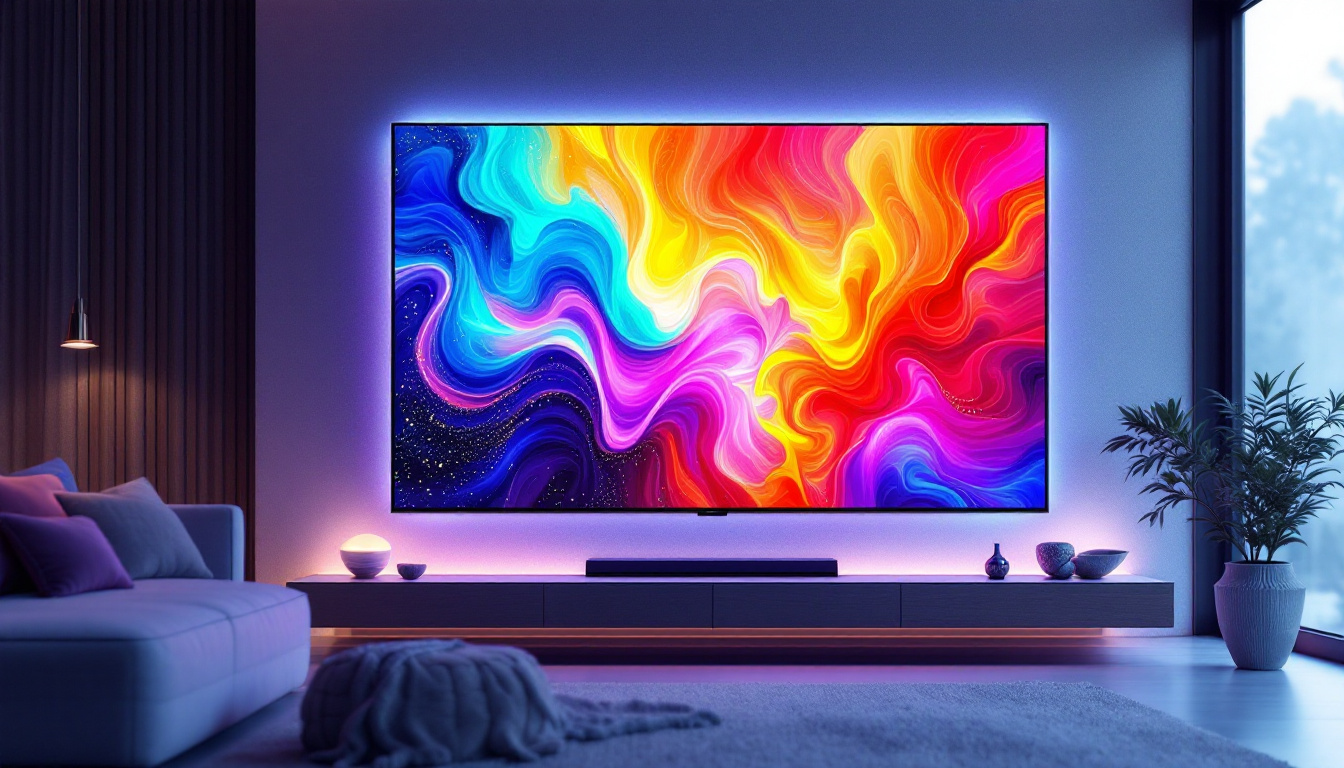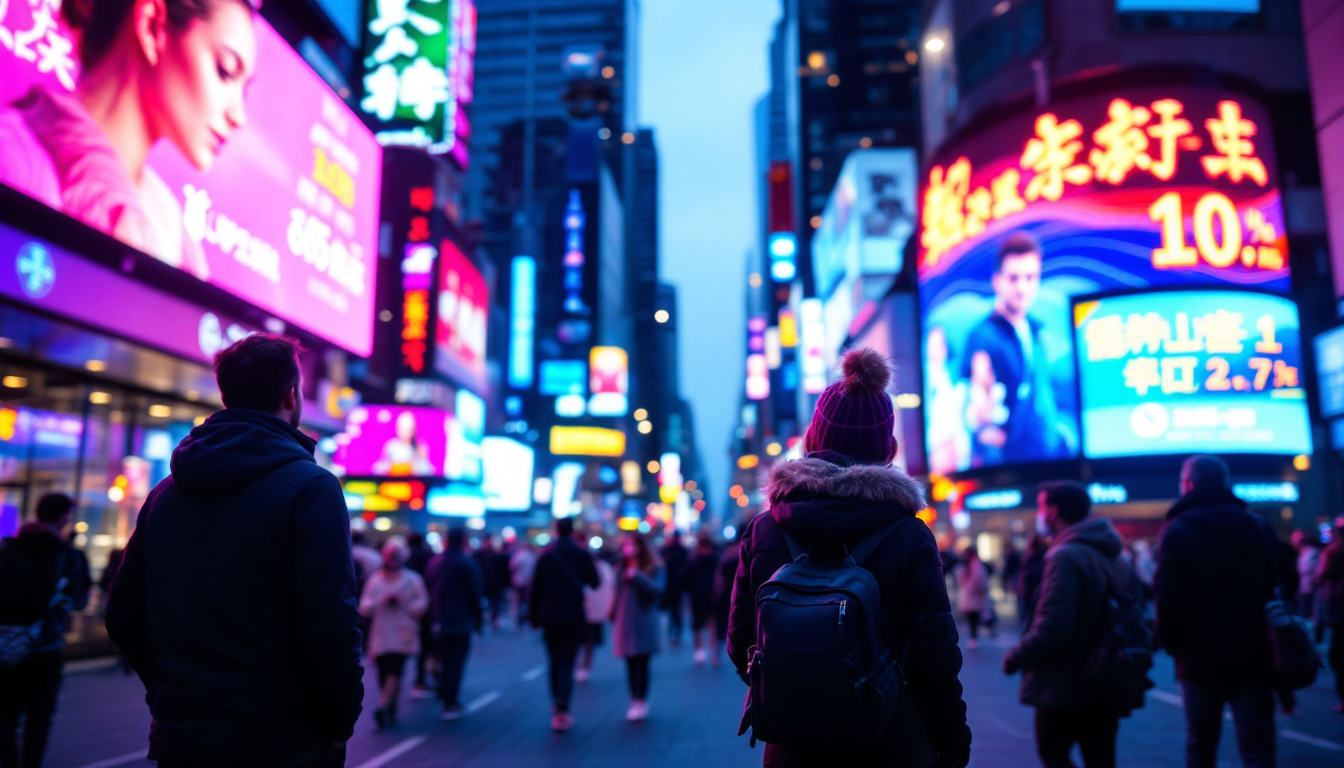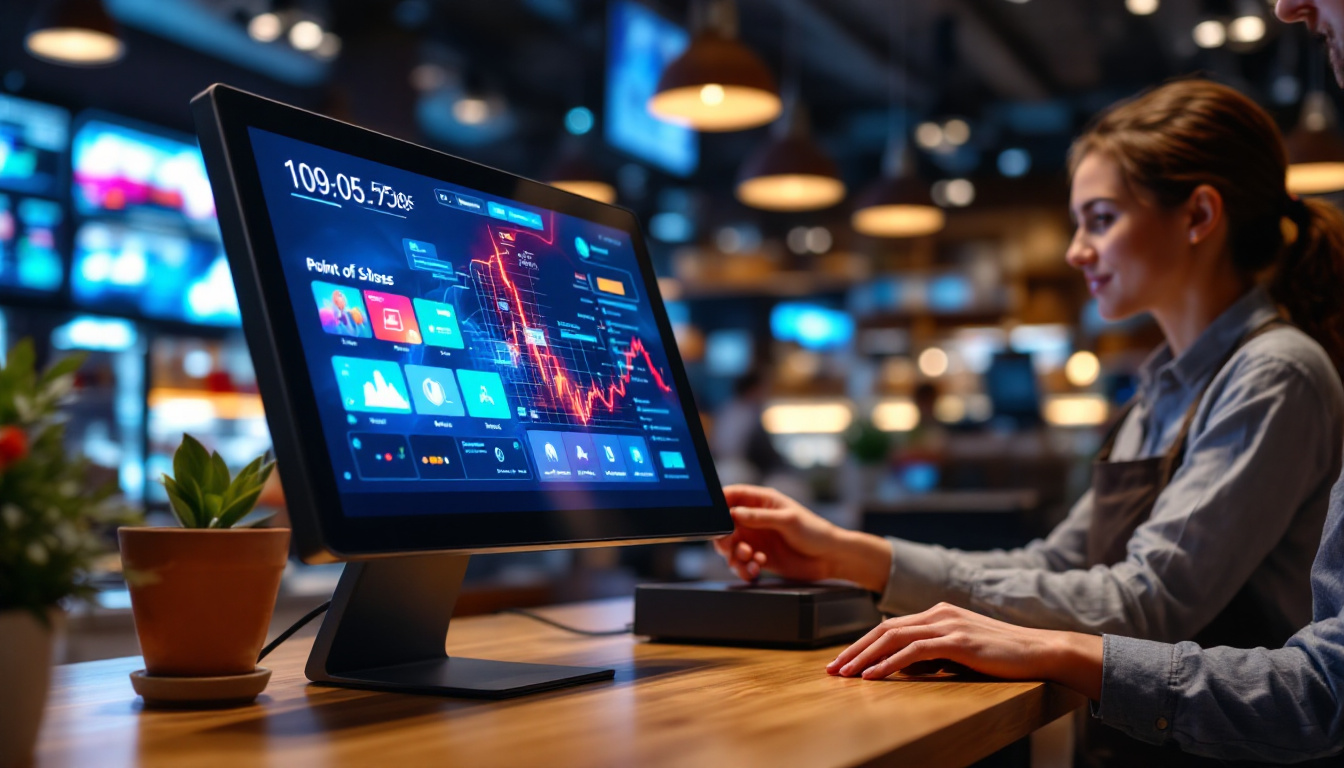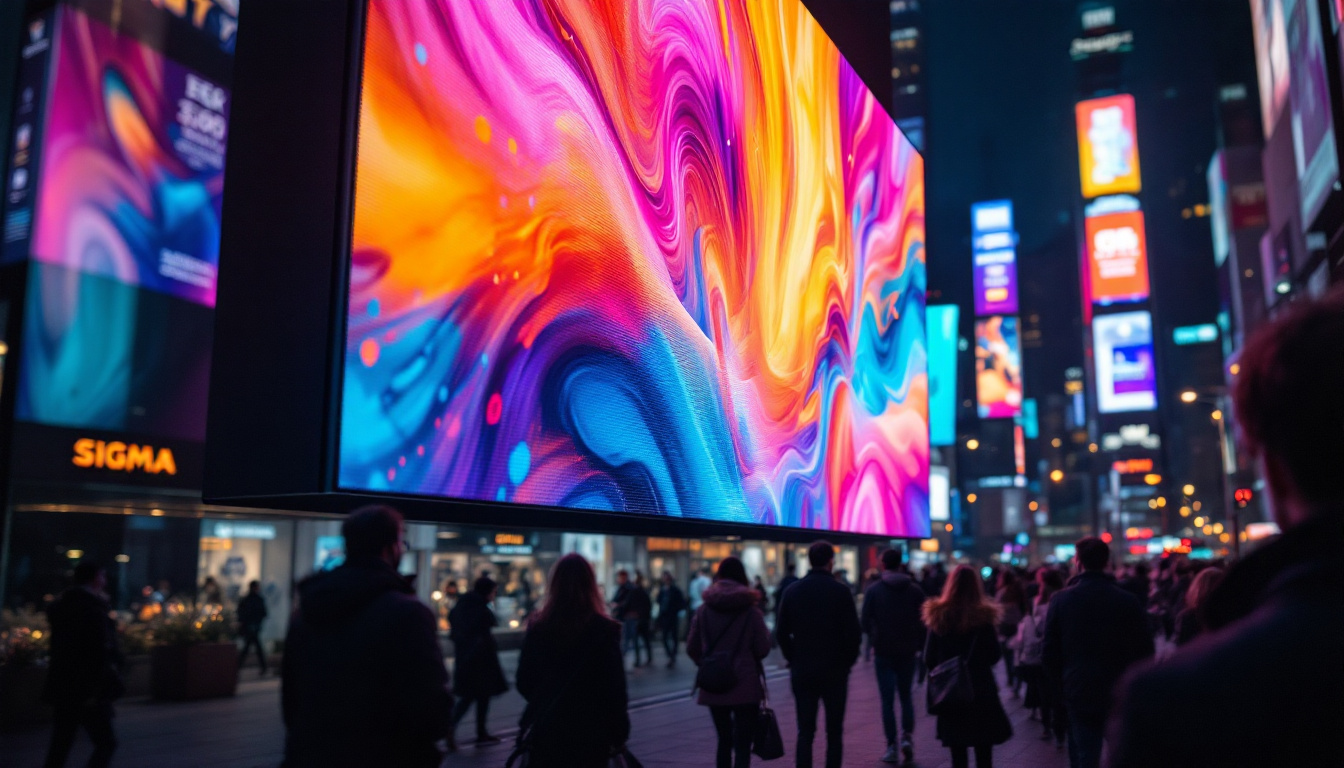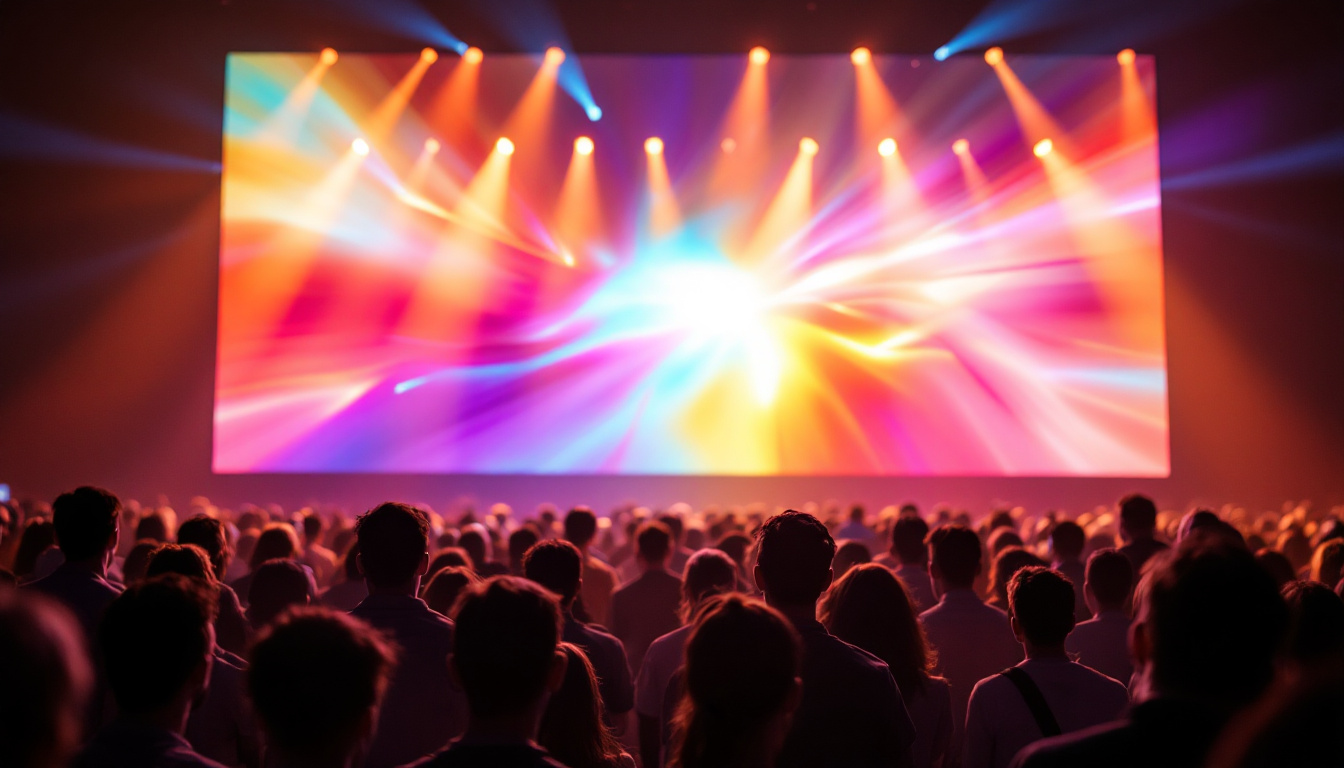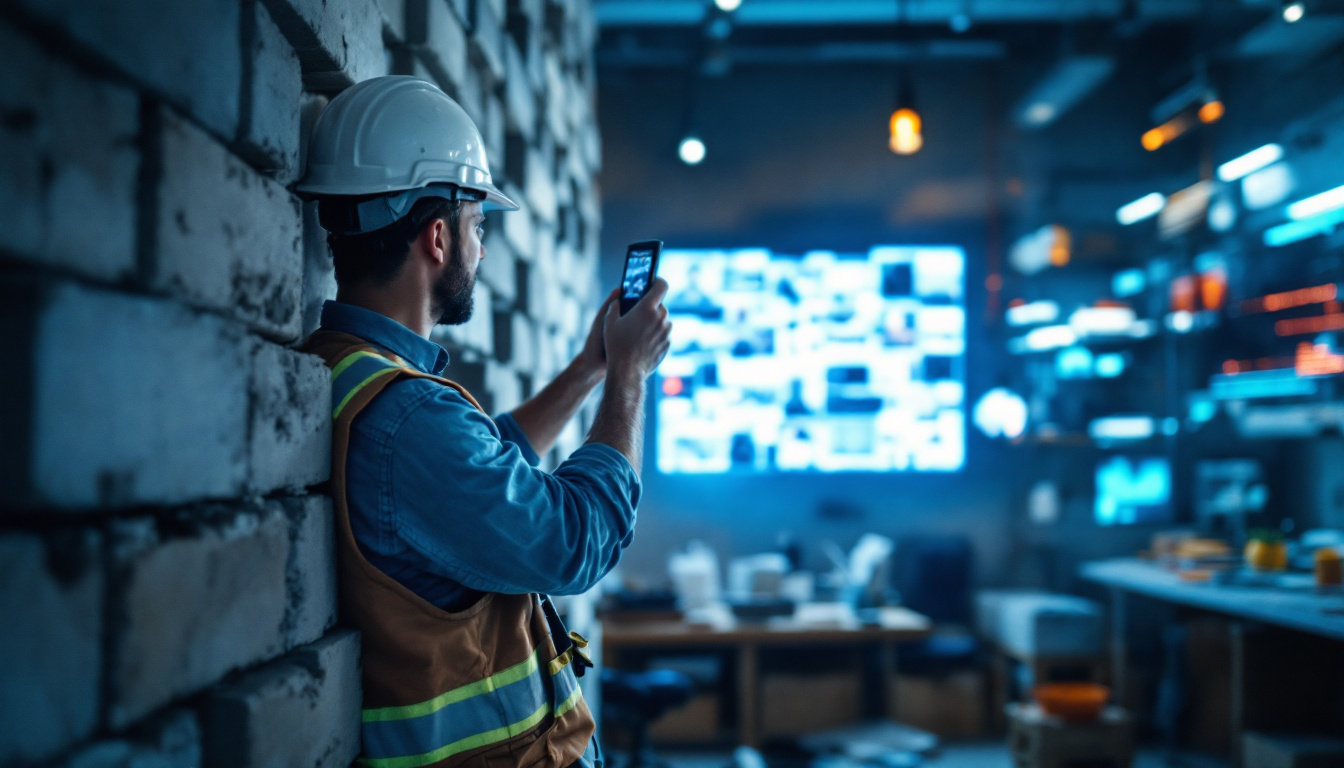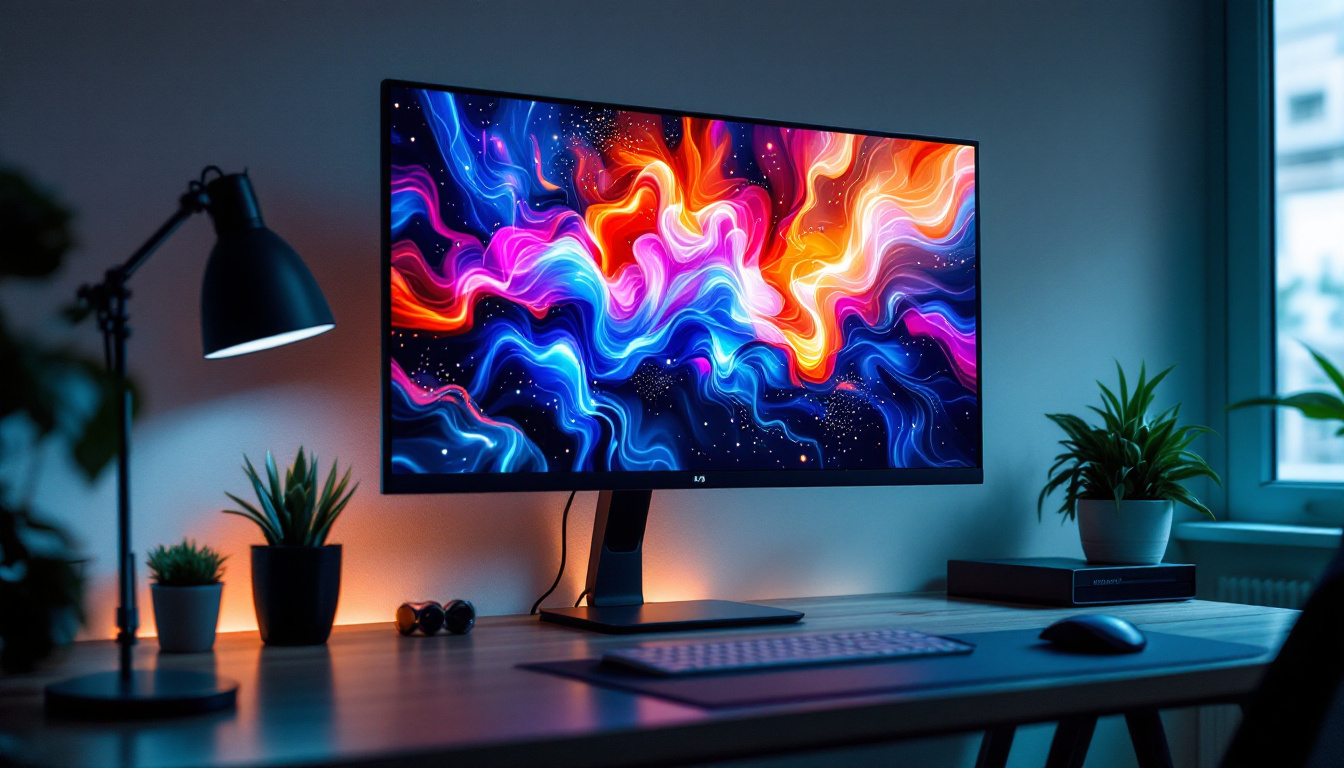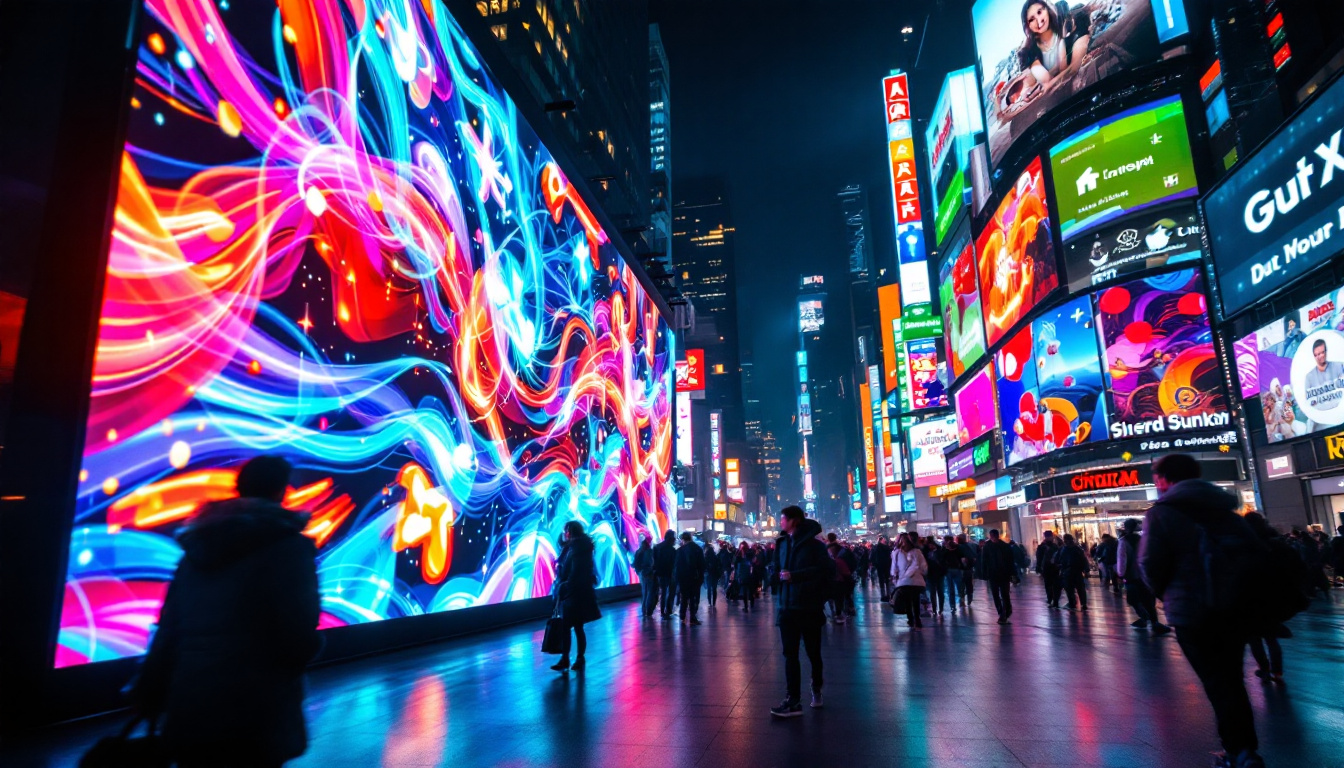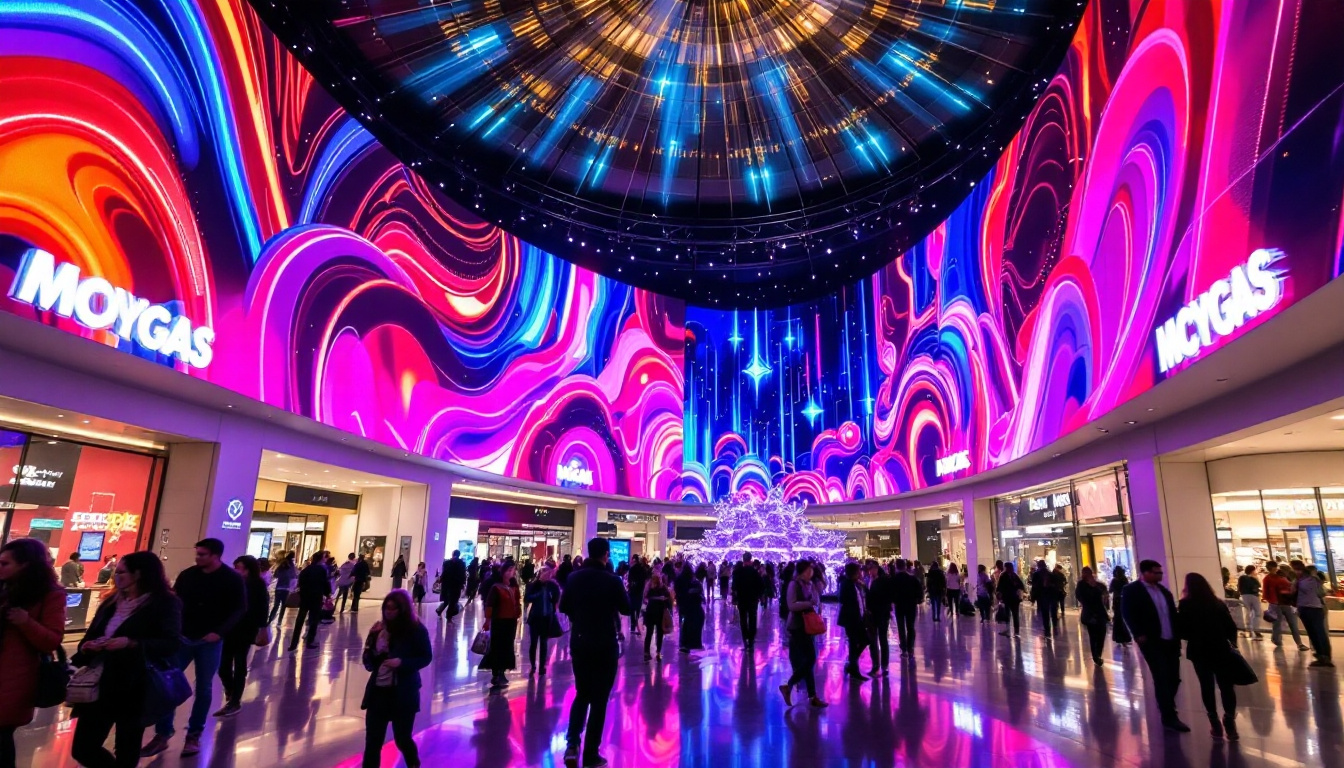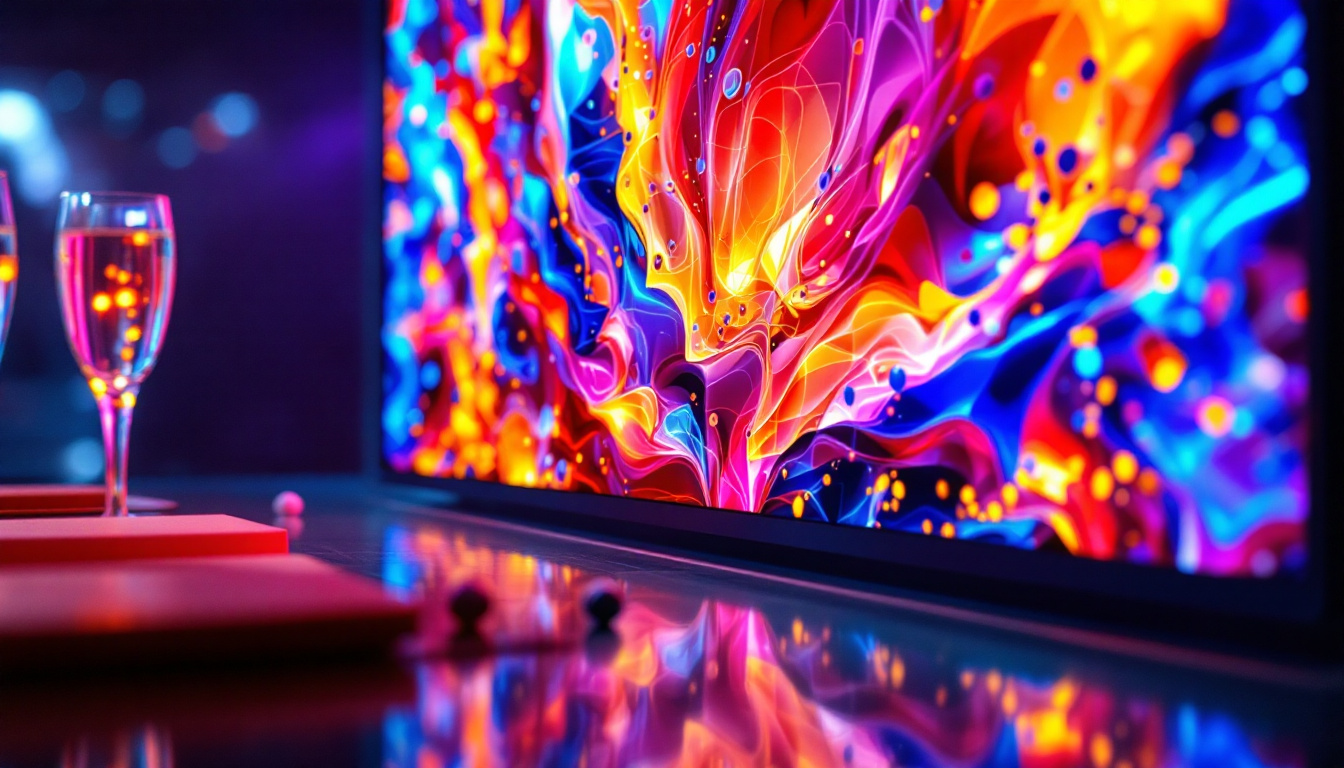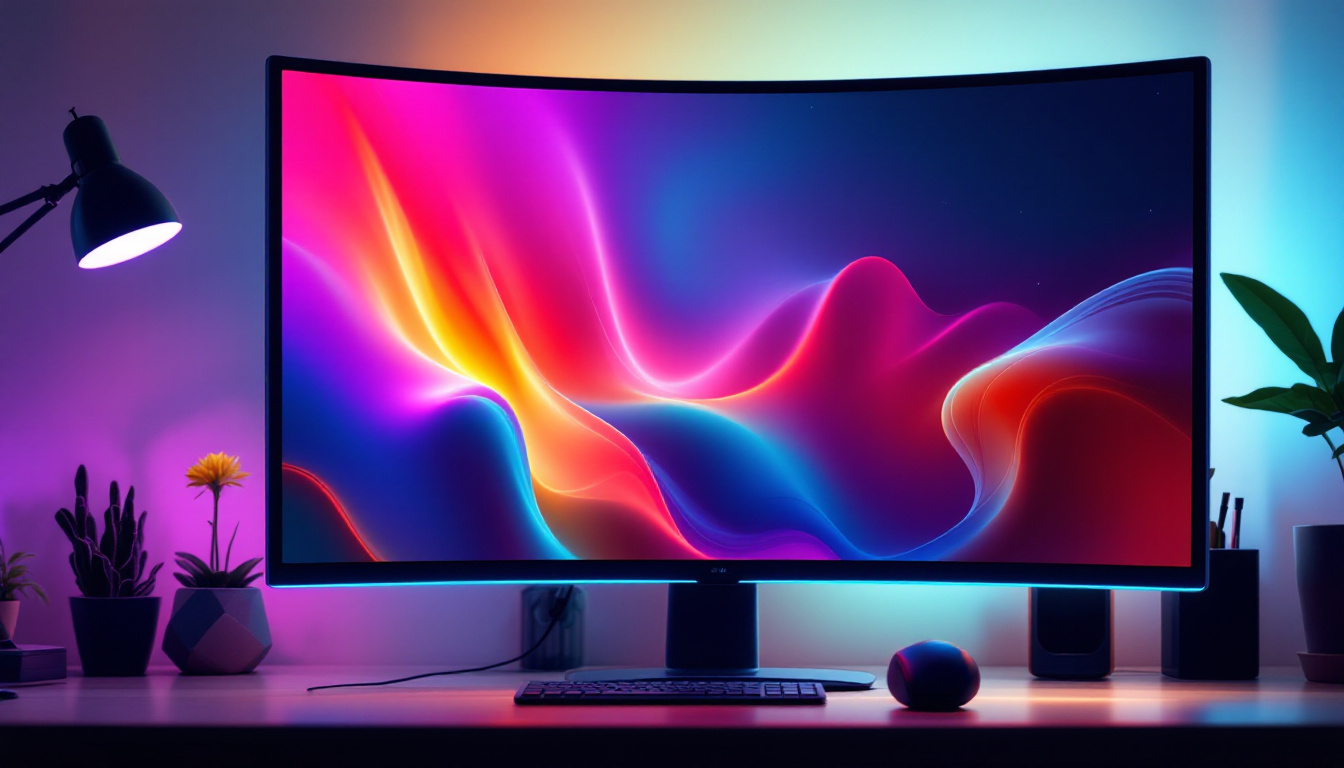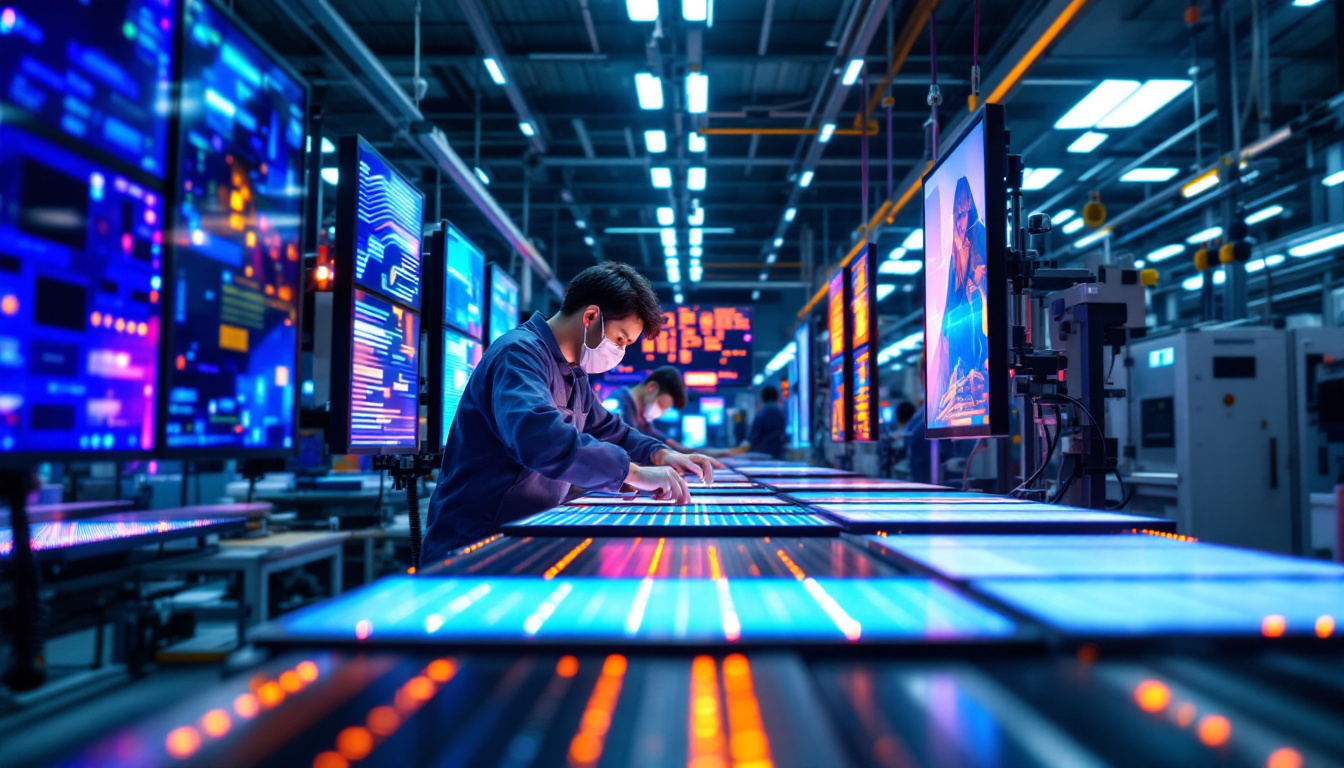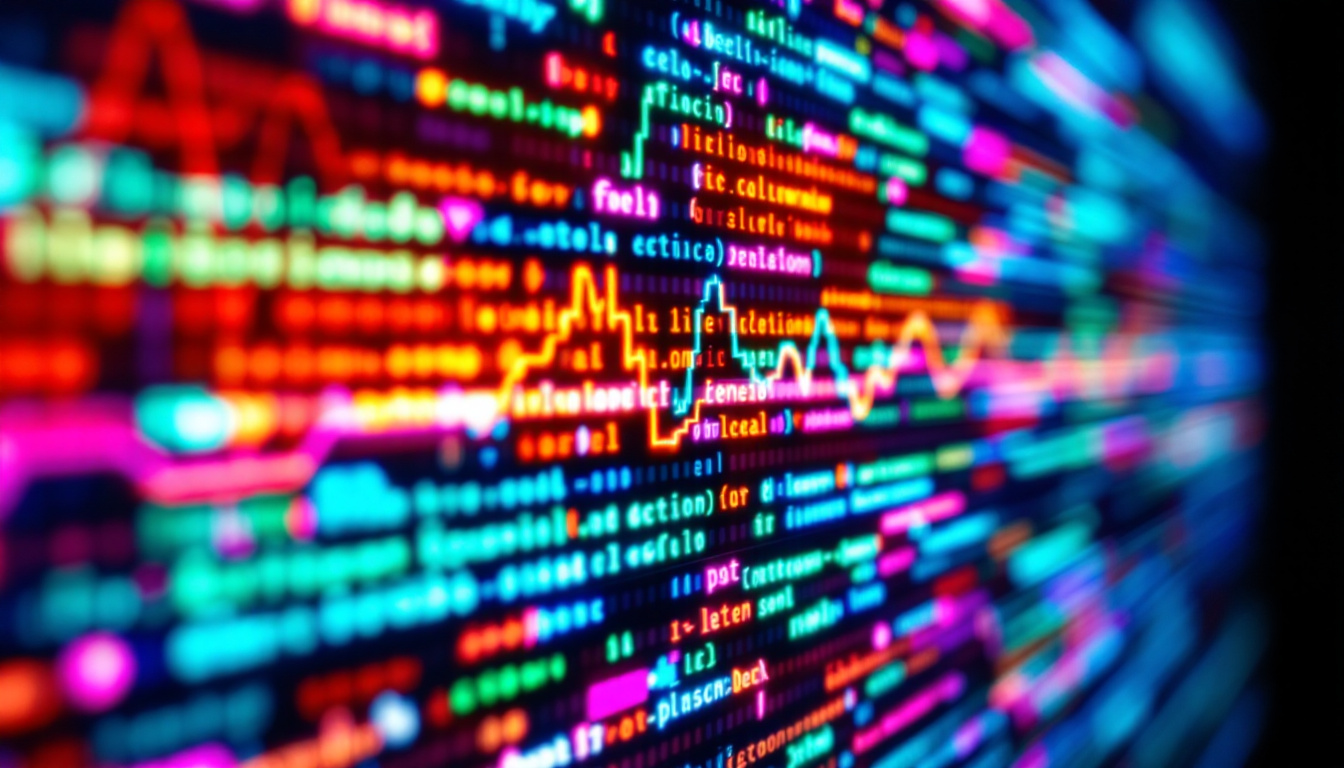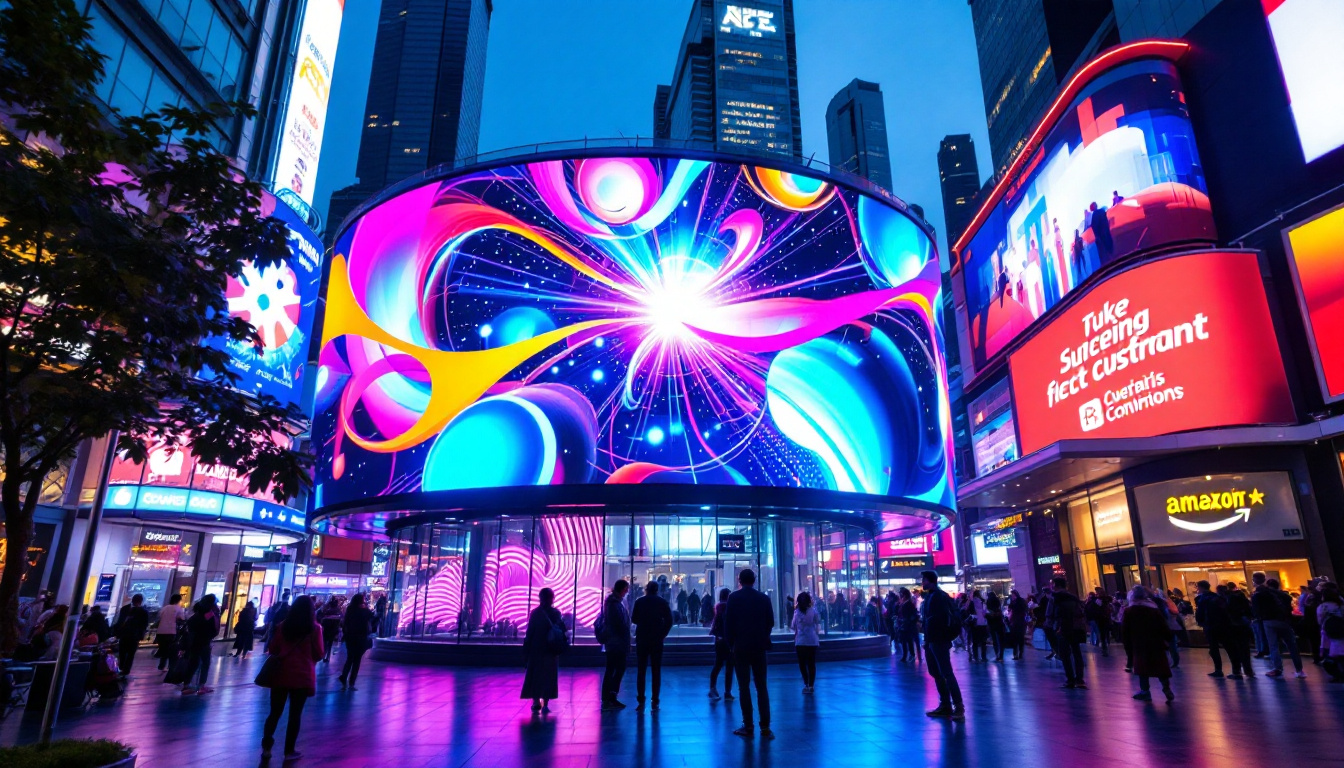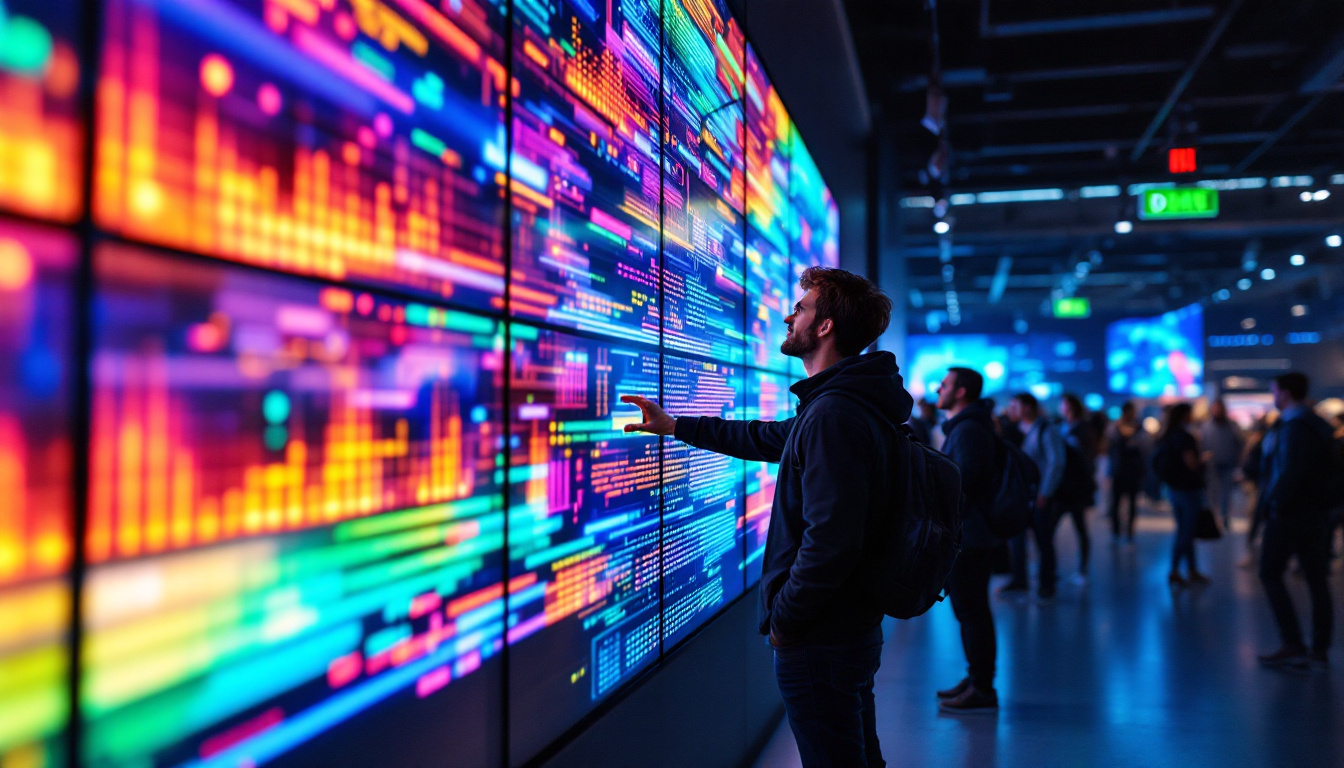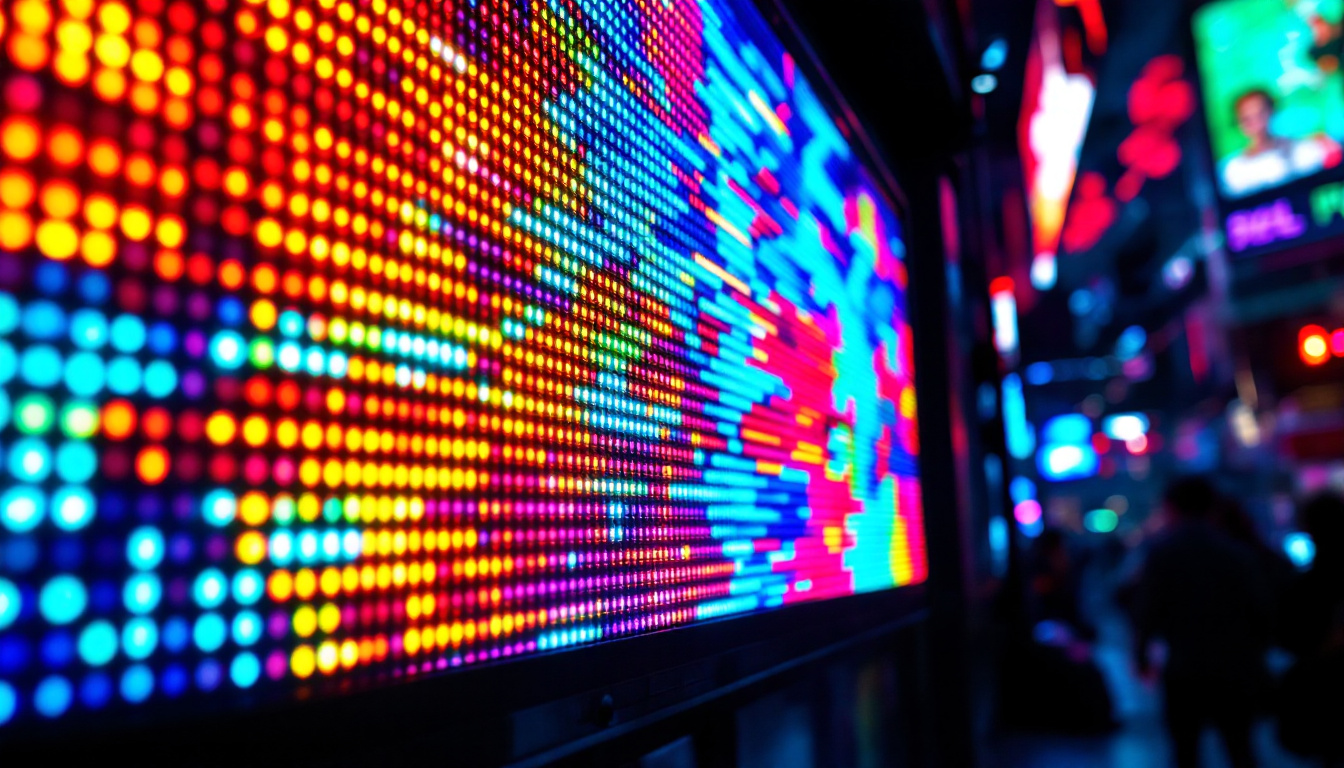In the fast-paced world of advertising, the tools and technologies used to capture consumer attention are constantly evolving. One of the most impactful innovations in recent years has been the advent of LED advertising screens. These vibrant displays have transformed the landscape of outdoor and indoor advertising, providing businesses with a dynamic platform to engage with their audience. This article delves into the intricacies of LED displays, exploring their technology, benefits, applications, and future trends.
Understanding LED Technology
At the core of LED advertising screens is the Light Emitting Diode (LED) technology. Unlike traditional display methods, LED screens utilize numerous tiny diodes to emit light, creating bright and colorful images. This section will break down the fundamental aspects of LED technology and its significance in advertising.
What is an LED?
LED stands for Light Emitting Diode, a semiconductor device that emits light when an electric current passes through it. The color of the light produced depends on the materials used in the diode. LEDs are highly efficient, consuming less power compared to traditional incandescent bulbs, and they have a longer lifespan, making them a cost-effective choice for advertising displays. Additionally, the compact size of LEDs allows for innovative designs and installations, enabling advertisers to create unique visual experiences that capture the attention of their audience.
How LED Displays Work
LED displays consist of a matrix of individual LED modules that combine to form a larger screen. Each module contains multiple LEDs, typically arranged in red, green, and blue (RGB) configurations. By adjusting the intensity of these colors, the display can create a full spectrum of colors and images. The screens are controlled by sophisticated software that manages the content displayed, allowing for real-time updates and dynamic advertising. This capability not only enhances the viewer’s experience but also allows brands to tailor their messages based on time of day, audience demographics, or even current events, making advertising more relevant and engaging.
Types of LED Displays
There are various types of LED displays used in advertising, each designed for specific applications. The most common include:
- Outdoor LED Displays: These are designed to withstand harsh weather conditions and are typically used for billboards and large-scale advertising.
- Indoor LED Displays: Used in shopping malls, airports, and events, these displays offer high resolution and vibrant colors for close viewing.
- Mobile LED Displays: Mounted on trucks or trailers, these screens can be transported to different locations, providing flexibility for advertisers.
Moreover, advancements in LED technology have led to the development of transparent and flexible LED displays, which open up new avenues for creative advertising. Transparent displays can be integrated into windows, allowing businesses to showcase their products while still maintaining visibility into their storefronts. Flexible displays, on the other hand, can be bent and shaped to fit unconventional spaces, enabling unique installations that can transform any environment into an advertising platform. These innovations not only enhance the aesthetic appeal of advertisements but also provide brands with new ways to engage consumers in a crowded marketplace.
Benefits of LED Advertising Screens
LED advertising screens offer a multitude of advantages that make them a preferred choice for businesses looking to enhance their marketing efforts. From energy efficiency to high visibility, the benefits are substantial.
Energy Efficiency
One of the standout features of LED technology is its energy efficiency. LED displays consume significantly less power than traditional lighting options, which translates to lower operational costs. This efficiency not only benefits the environment but also allows businesses to allocate their budgets more effectively. Additionally, the longevity of LED screens means that they require less frequent replacements, further reducing waste and contributing to a more sustainable business model.
High Visibility and Brightness
LED screens are known for their exceptional brightness and clarity. They can be viewed in direct sunlight without losing image quality, making them ideal for outdoor advertising. The high contrast and vivid colors ensure that advertisements stand out, capturing the attention of passersby effectively. Furthermore, the ability to adjust brightness levels based on ambient light conditions enhances visibility, ensuring that messages are always clear and impactful, whether it’s day or night.
Dynamic Content and Real-Time Updates
Unlike static billboards, LED displays can showcase dynamic content, including videos, animations, and live feeds. This capability allows businesses to keep their advertising fresh and engaging. Real-time updates enable advertisers to respond to current events or promotions instantly, maximizing the relevance of their messages. Moreover, the versatility of LED screens allows for targeted advertising, where businesses can tailor their content to specific audiences at different times of the day, ensuring that their marketing efforts are both strategic and effective.
Enhanced Engagement
In addition to dynamic content, LED advertising screens can incorporate interactive elements, such as touch screens or QR codes, that encourage audience participation. This interactivity not only captivates viewers but also creates memorable experiences that can lead to increased brand loyalty. For instance, businesses can run contests or promotions that require audience engagement, making the advertising experience more immersive and enjoyable. As a result, LED screens can transform passive viewers into active participants, significantly boosting engagement rates.
Cost-Effectiveness Over Time
While the initial investment in LED advertising screens may be higher than traditional signage, the long-term cost-effectiveness is undeniable. With lower energy consumption, reduced maintenance costs, and the ability to update content without the need for physical changes, businesses can see a substantial return on investment over time. Furthermore, the durability of LED technology means that these screens can withstand various weather conditions, making them a wise choice for outdoor advertising that requires minimal upkeep. This combination of factors positions LED advertising as a financially sound option for businesses aiming to maximize their marketing budget.
Applications of LED Advertising Screens
The versatility of LED advertising screens allows them to be utilized in various sectors and settings. This section explores some of the most common applications.
Retail Advertising
In the retail sector, LED displays have become an essential tool for attracting customers. They are often placed in storefronts, lobbies, or even inside stores to highlight promotions, new products, or seasonal sales. The eye-catching nature of LED displays can significantly increase foot traffic and sales conversions.
Event Marketing
Events such as concerts, sports games, and festivals frequently employ LED screens to enhance the experience for attendees. These displays can be used to show live feeds, advertisements, or interactive content that engages the audience. The ability to customize content in real-time makes LED displays invaluable for event organizers.
Transportation Hubs
Airports, train stations, and bus terminals utilize LED displays for advertising and information dissemination. These screens provide travelers with essential information, such as flight schedules, delays, and directions, while also serving as a platform for advertisements. Their high visibility ensures that messages reach a broad audience.
Challenges and Considerations
While LED advertising screens offer numerous benefits, there are also challenges and considerations that businesses must address. Understanding these factors is crucial for successful implementation.
Initial Investment Costs
The initial costs associated with purchasing and installing LED displays can be significant. Businesses must weigh these costs against the potential return on investment. However, considering the long lifespan and low maintenance requirements of LED technology, many find that the long-term savings justify the upfront expenditure.
Content Management
Effective content management is vital for maximizing the impact of LED displays. Businesses need to invest in quality content creation and management systems to ensure that their advertisements are engaging and relevant. This may require hiring skilled professionals or training existing staff, adding to the overall operational costs.
Regulatory Compliance
In many regions, there are regulations governing the use of digital signage, particularly in outdoor settings. Businesses must ensure that their LED displays comply with local laws regarding brightness levels, content restrictions, and placement. Failing to adhere to these regulations can result in fines or the removal of displays.
Future Trends in LED Advertising
The landscape of LED advertising is continuously evolving, driven by advancements in technology and changing consumer behaviors. Here are some trends to watch for in the future of LED displays.
Integration with Smart Technology
The integration of LED displays with smart technology is on the rise. This includes the use of sensors, data analytics, and artificial intelligence to create personalized advertising experiences. For example, displays can analyze foot traffic patterns and adjust content based on the demographics of the audience present, leading to more targeted advertising.
Enhanced Interactivity
Future LED displays are likely to become more interactive, allowing consumers to engage with advertisements directly. Touchscreen capabilities, QR codes, and augmented reality features can enhance user experience, creating memorable interactions that encourage brand loyalty.
Sustainability Initiatives
As environmental concerns continue to grow, the demand for sustainable advertising solutions is increasing. Future LED displays may incorporate eco-friendly materials and energy sources, further enhancing their appeal to environmentally conscious consumers. Businesses that prioritize sustainability in their advertising strategies will likely gain a competitive edge.
Conclusion
LED advertising screens have revolutionized the way businesses communicate with their audience. By leveraging the power of LED technology, companies can create vibrant, dynamic, and engaging advertisements that capture attention and drive results. While there are challenges to consider, the benefits of LED displays far outweigh the drawbacks.
As technology continues to advance, the future of LED advertising looks promising. Businesses that embrace these innovations will not only enhance their marketing strategies but also stay ahead in an increasingly competitive landscape. With the right approach, LED advertising screens can become a cornerstone of effective communication and brand promotion.
Discover LumenMatrix’s Innovative LED Solutions
Ready to elevate your advertising strategy with the latest in LED technology? Look no further than LumenMatrix, a pioneer in crafting LED display modules that not only boost your brand’s visibility but also captivate your audience with unforgettable visual experiences. From versatile Indoor and Outdoor LED Wall Displays to mobile Vehicle LED Displays and beyond, LumenMatrix offers a comprehensive range of solutions tailored to your unique needs. Embrace the future of visual communication with our Custom LED Displays, All-in-One LED Displays, and groundbreaking LED Transparent Displays. Don’t miss the opportunity to transform your brand’s messaging with clarity and impact. Check out LumenMatrix LED Display Solutions today and step into a world of vibrant, dynamic advertising.

